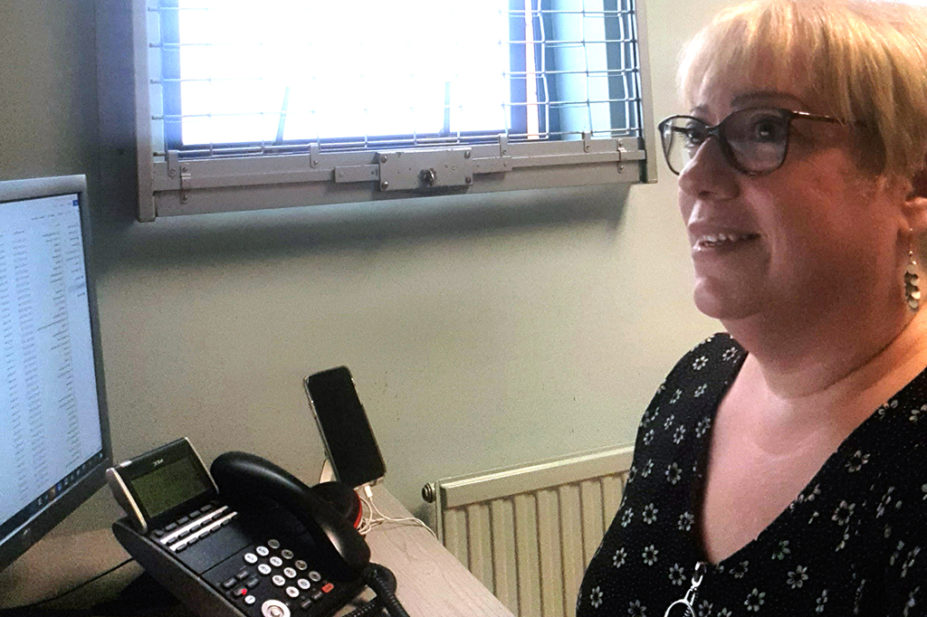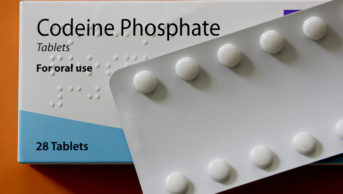
Deborah Hollywood
Following advice from the Faculty of Pain Medicine and Royal College of Anaesthetists that opioid doses should no longer exceed 120mme (morphine milligram equivalents) per day, there has been a drive for primary care to lead on the opioid reduction challenge, but with little guidance on how to actually achieve this in the real world.
Too often fears about the time involved in resolving the issue, or patients’ reactions (“What? I’m in pain and you want me to REDUCE my pain meds?”), hold clinicians back from tackling the problem. However, in May 2020, I decided to take a deep breath and jump in.
I am lucky to work with some amazing GP partners who recognised that this was important and gave me the freedom to create a project to reduce the use of high-dose opioids in my practice. If it was to be successful, I felt that I needed to create a complete toolkit to ensure the process was clear for me, the patient, their community pharmacy and the practice clinical team. For patients, a lot of what you tell them will be forgotten when they get off the phone or out of the consulting room, so having information at home really helps.
The toolkit I created contains template patient reduction charts; opioid conversion charts; patient leaflets on chronic pain, opioid safe storage and driving while taking opioids; and information sheets for the community pharmacies of patients undertaking reductions (copies available on request).
Patient selection began in June 2020, with a search for those taking prescribed opioids at >120mme. The GPs identified patients who found these opioids ineffective or had side effects, and asked me to consider them for tapering plans.
I felt that the 10% reduction recommended by the Faculty of Pain Medicine was a little high and I wanted to gain patient confidence that this could work. As a result, I decided to start with 5mme reductions every 14 days and monitored how things went.
I arranged telephone consultations with patients, owing to COVID-19 restrictions, and prior to contacting them, I would interrogate their records to understand their pain type (neuropathic or musculoskeletal) to rule out cancer-related or acute pain, identify any previous medications attempted, side effects experienced and so on.
This helped me quickly get up to speed in a chronic pain review with the patient, and I was surprised that once I had explained the issues of high-dose formulations (side effects, tolerance, hyperalgesia etc.) and what we could do to resolve them, patients were generally highly enthusiastic, with one exclaiming: “I want off this godforsaken drug, it’s not even helping me!”
The time involved is considerable. Having that first initial personal phone call is essential and gives you the opportunity to form a working relationship with the patient, address their concerns and gain their trust — but it’s not a quick conversation.
I give patients time to adjust to a new understanding of pain and the idea that, although we do have some alternatives in our pain relief tool bag, there is a very real possibility that they will never be pain free. This can be a lot to absorb for a patient and so I’ll often arrange a follow-up call later, once they have had time to reflect on this.
Having built trust, we will then decide together how to achieve a dose reduction, ensuring that we do not plan it before a birthday, Christmas or other occasion, or when I am about to take time off.
I explain that I’ll prescribe their medication and issue a new chart to them (via email, SMS, post or their local pharmacy) every 14 days. I like to contact them just before their second reduction to check how they’re getting on, but I always say that they can contact me whenever they have any concerns, and they often do.
I’m incredibly proud of the achievements our practice has made in opioid dose reduction, with a total of more than 450,000mme between June 2020 and January 2021. The most important things I’ve learnt from this experience are:
- To be organised and have a robust process — you’ll only have patient’s full trust once, when starting this, so don’t let them down;
- To start off small — this will give you time to ensure your process works and to get a feel for how long things will take you;
- To be flexible — so you can change plans quickly if needed — for example, a temporary pause or alternative pain relief, such as duloxetine, TENS machines or physiotherapy;
- Patients will lean on you for emotional support and encouragement — pace yourself and aim for a balance of being available without being overloaded, and don’t forget to celebrate milestones with them; patients will also have worked hard to get there.
Deborah Hollywood, pharmacist, York Road Group Practice, Ellesmere Port, Cheshire
READ MORE: A call for action on high-dose opioid prescribing

